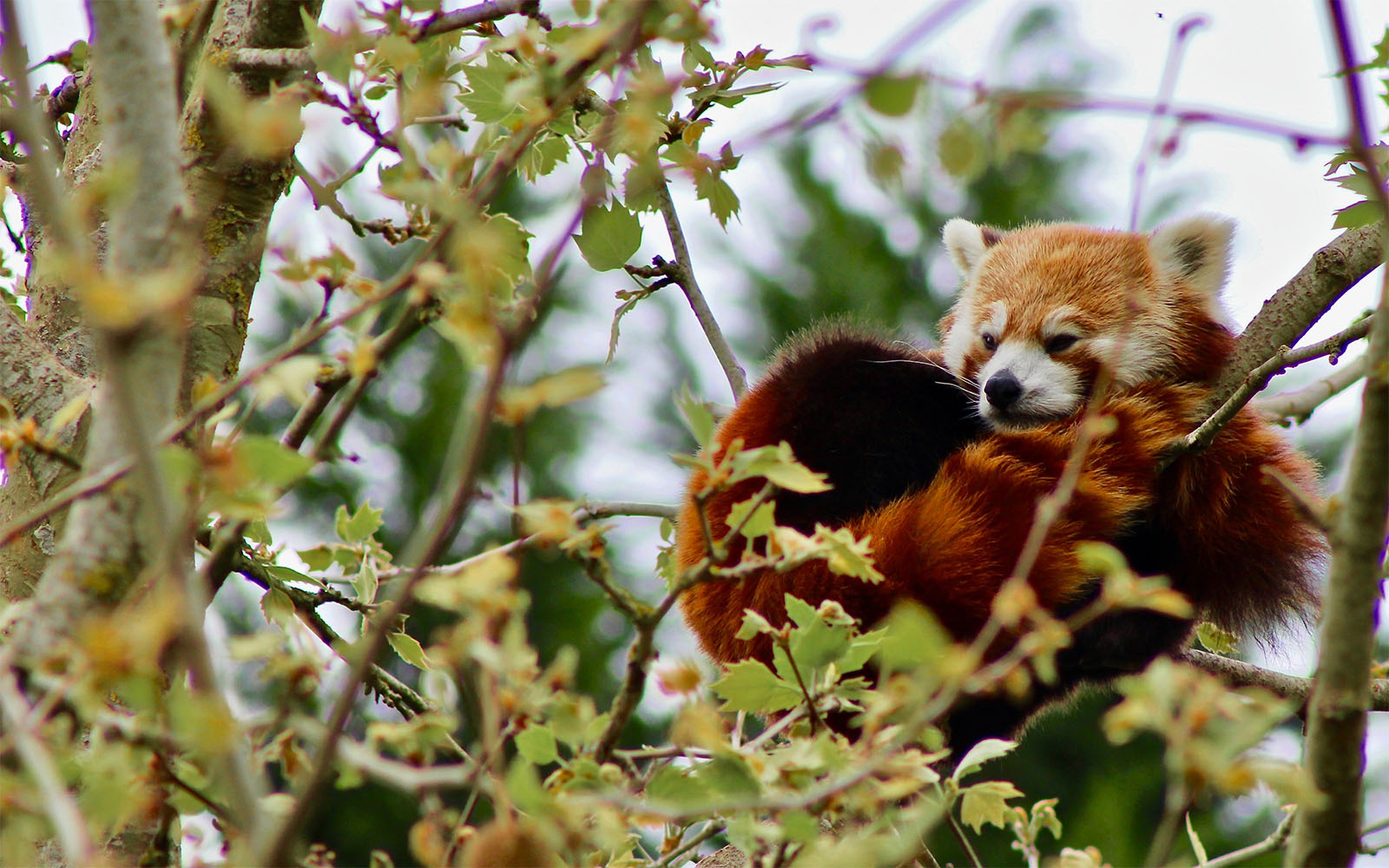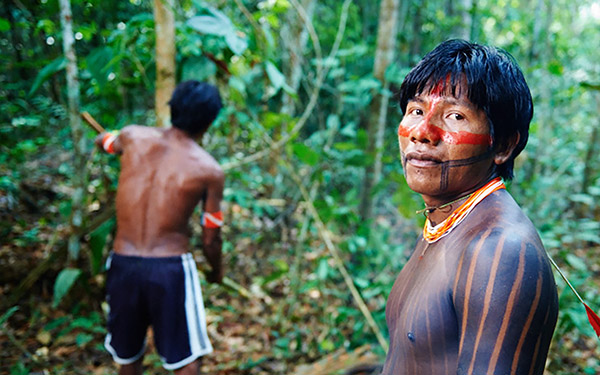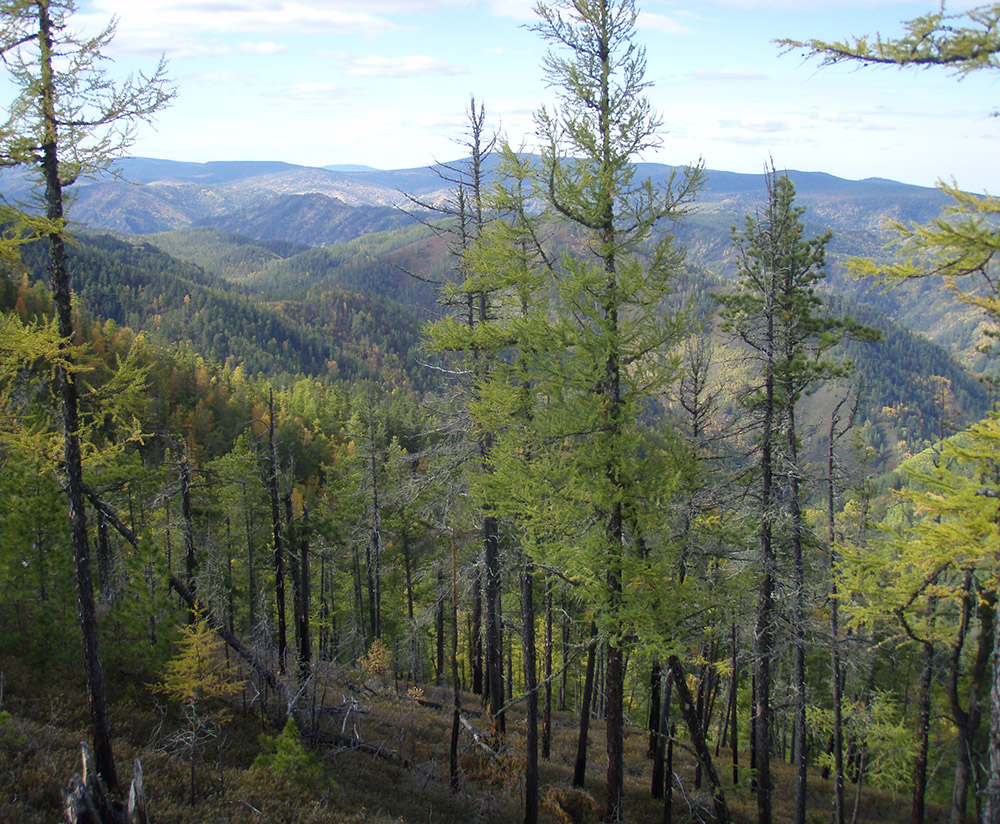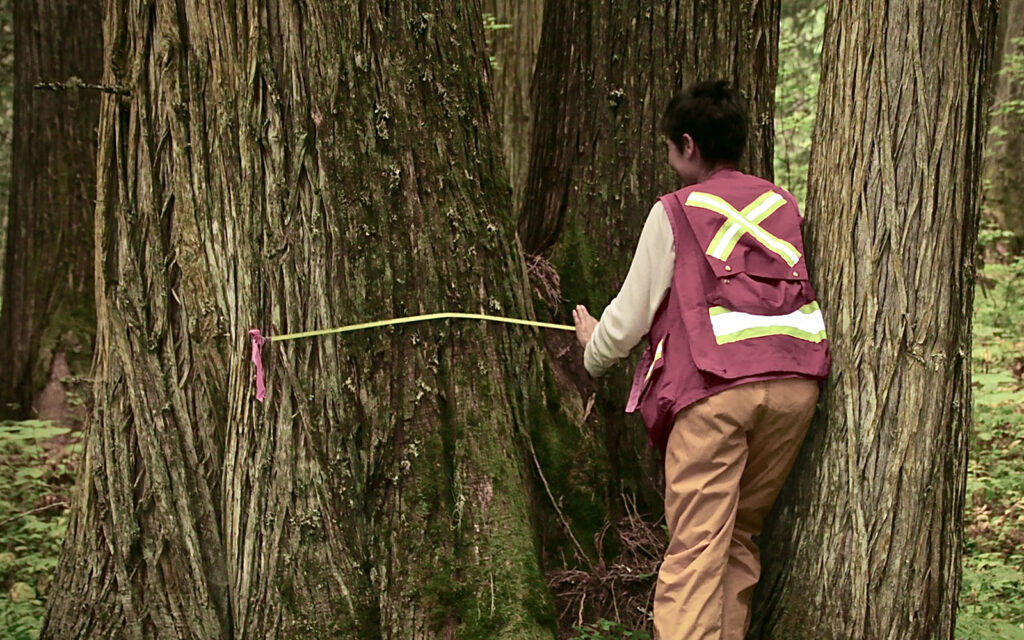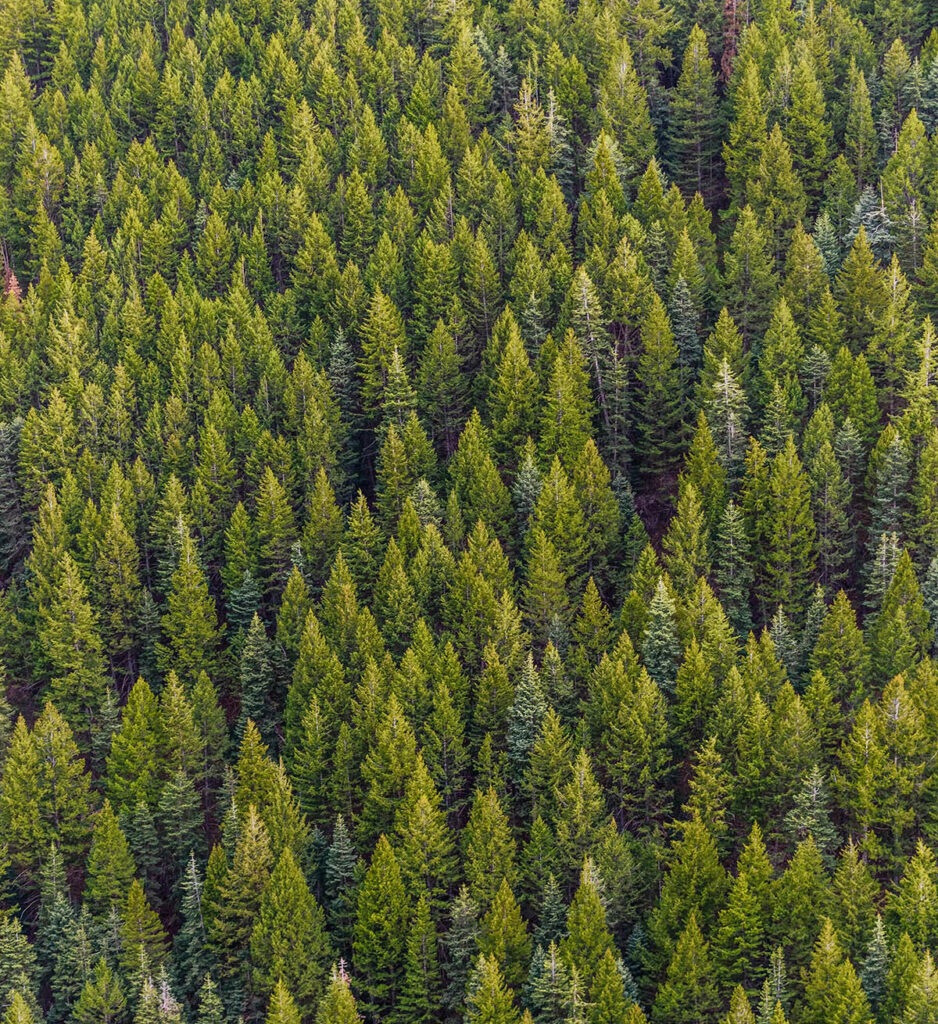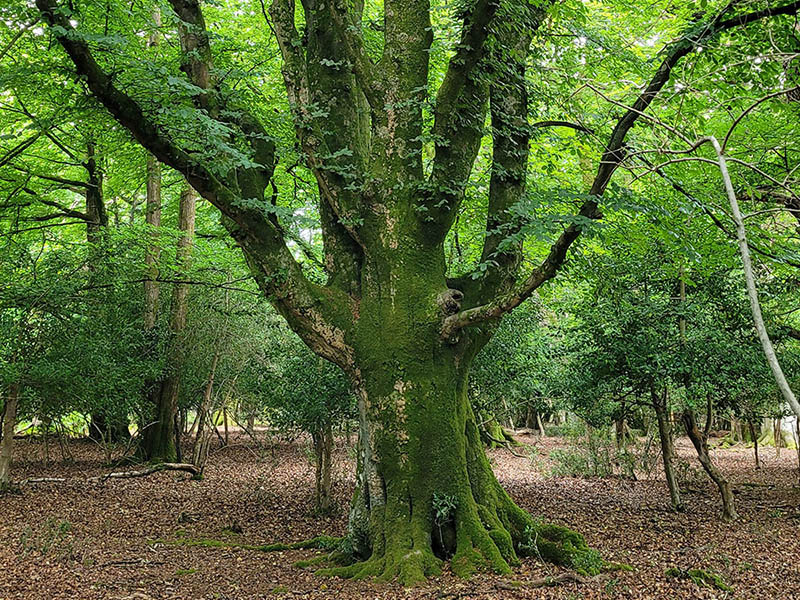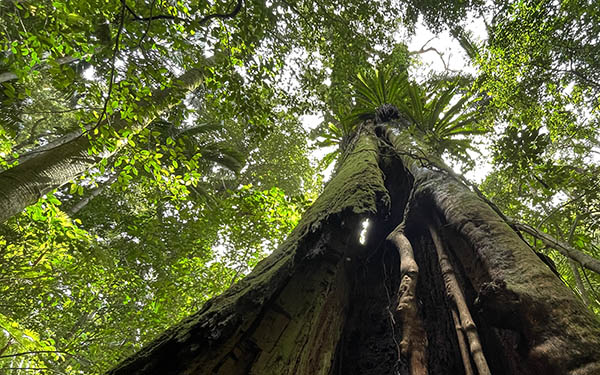






PUBLICATIONS:
ABOUT THE PROJECT:
SCIENCE & POLICY:
PROGRAM THEME:
CASE STUDY:
Primary Forests and Climate Program
Gaining insight into the contributions of primary forests to addressing the climate and biodiversity crises.
The Primary Forests and Climate Program provides information, publications, and decision-support tools on the values of primary forests and the ecosystem service benefits they provide to society, as well as policy options in support of their protection. The program provides ongoing research and publications to inform science as a collaborative endeavour between researchers, practitioners and community organisations.
The importance of primary forests
'Primary forests' are those still dominated by natural processes where industrial land use has yet to impact. They are irreplaceable sanctuaries for much of the world's biodiversity, play a significant role in global climate, and support the livelihoods of indigenous custodians.
About the Program
The Primary Forest & Climate Program is a collaboration among research institutes, civil society organisations, and First Nations Peoples at the forefront of addressing what is one of the world’s most pressing problems, which lies at the nexus of the climate and biodiversity crises: how to protect the world’s remaining primary forests.Case studies
The project focussed on seven case study sites that host important primary forests and endangered species.Project publications
The Primary Forests and Climate project generated a number of project publications, articles, and policy briefs. Access articles by case study, subject area, or publication type.Project themes
Key themes for the Primary Forests and Climate Project.![]()
Forest carbon
Lorem ipsum dolor sit amet, consectetur adipiscing elit, sed do eiusmod tempor incididunt ut labore et dolore magna aliqua. Ut enim ad minim veniam, quis nostrud exercitation ullamco laboris nisi ut aliquip ex ea commodo consequat.
![]()
Forest assurance schemes
Lorem ipsum dolor sit amet, consectetur adipiscing elit, sed do eiusmod tempor incidid. Ut enim ad minim veniam, quis nostrud exercitation ullamco laboris nisi ut aliquip ex ea commodo consequat.
![]()
Micro-economic valuation
Lorem ipsum dolor sit amet, consectetur adipiscing elit, sed do eiusmod tempor incididunt ut labore et dolore magna aliqua. Ut enim ad minim veniam, quis nostrud exercitation ullamco laboris nisi ut aliquip ex ea commodo consequat laboris nisi ut aliquip ex ea commodo consequat.

